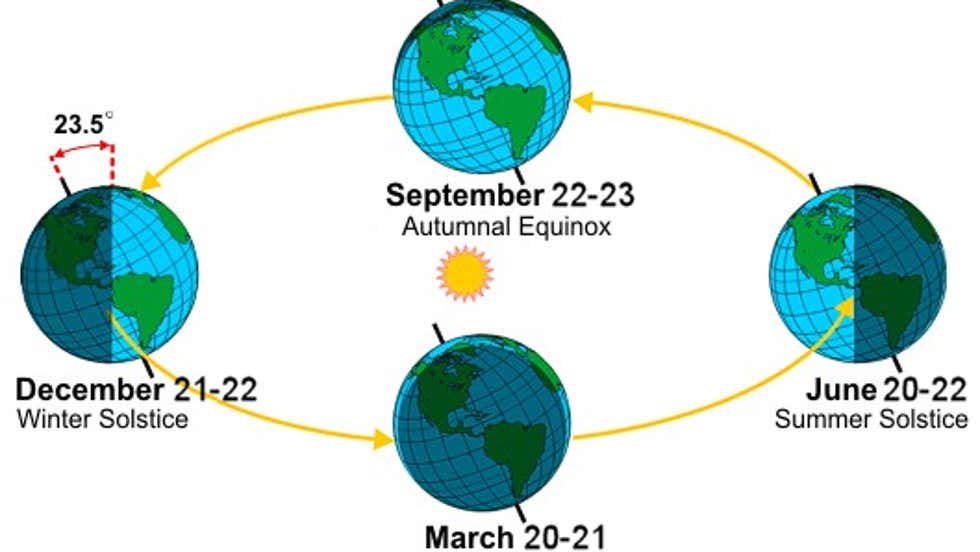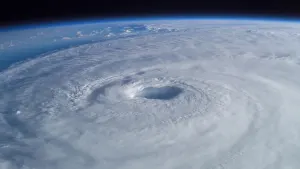More Stories

For the weather community, today may as well be a national holiday - it's spring, baby!
But that's not the spring that most of us are accustomed to, which is still a few weeks away. So what's the difference?
Meteorological seasons are based off of average temperatures. The warmest three months of the year are June, July and August. The coldest are December, January and February. So those three-month periods are labeled as meteorological summer and winter, respectively. The remaining three-month periods are meteorological spring and fall.
Having the seasons start nicely and neatly on the first of a month also makes it significantly easier to keep records, whereas astronomical seasons change days due to the occasional leap years and the Earth's elliptical orbit around the sun.
The sun is the main reason the astronomical seasons fall when they do. Our vernal and autumnal equinoxes fall on the day of the year where the sun's rays are directly on the equator. For the summer and winter solstices, the suns rays fall directly on the Tropic of Cancer and the Tropic of Capricorn, respectively.
 Image credit: NOAA/NWS
Image credit: NOAA/NWS
The day and night are also nearly equal on the first day of spring and fall. Equinox in Latin means equal night, giving the impression that the night and day are exactly 12 hours long, which isn't entirely accurate. Most locations on Earth actually see slightly more daylight hours on these two days of the year, thanks to the Earth's atmosphere (light refraction) and our definition of sunrise and sunset.
More from News 12
1:43

Possibility of 45 mph winds as coastal storm wraps up
1:18

Thunderbolt 12 tackling slick streets & windy conditions for Friday morning
2:05

Sunny Saturday in NYC before a rainy Sunday
2:09

Sunrise solar eclipse is Thursday – everything you need to know!
1:50

Turning waste into watts a boon for environment
